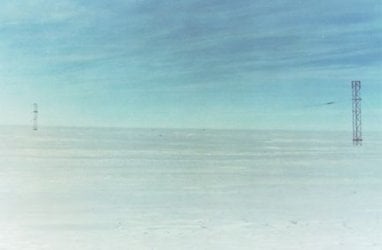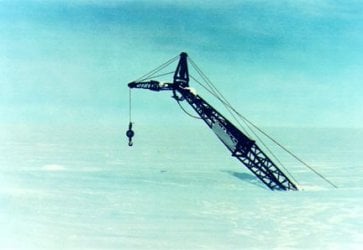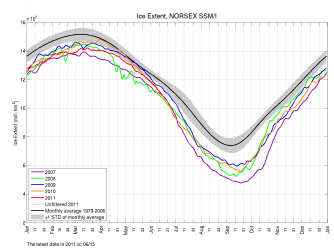"In some places up to half the ice thickness has been added from below," Bell and her international team of colleagues, reported in the new issue of the online journal Sciencexpress."
Antarctica Growing From The Bottom Up : Discovery News
This didn't happen yesterday. She's talking about ice that's been added over millions of years.
The concern is about ice losses in greenland and antarctica that have occurred in recent years.






